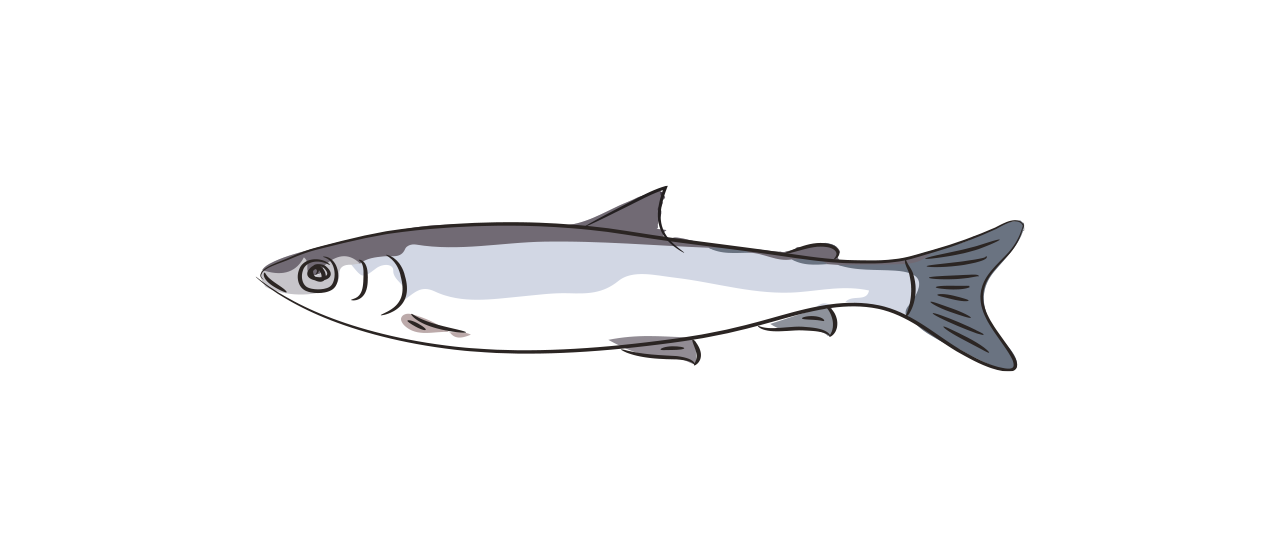Smelt | Fish Species Guide | Angling Direct

Smelt
aka Osmerus eperlanus
Smelt is a small silver fish that has a slender body with a triangular dorsal fin and forked tail. Found in the coastal waters of Europe from the Baltic Sea to the Bay of Biscay. Also, a freshwater smelt is found in most lakes in Northern Europe. Sometimes its flanks can have a pinkish tinge and its tail and fins can be translucent.
In certain parts of Europe, especially in Germany, there are populations of smelt that have adapted to be freshwater tolerant and live in land-locked lakes. Many anglers suggest that when caught, Smelt have a similar scent to cucumber!
Stats
Status
Habitat
Found along shorelines or towards estuaries, even up rivers.
Bait
Fish fry, larvae, krill & small shrimps.
Native or Invasive
Native
Where
UK and Ireland as well as parts of Europe, especially in Germany where lots of the smelt have moved to freshwater.
 Catch Experience
Catch Experience
Video
Blog Highlight
The Ultimate Buying Guide for Sea Anglers - What Equipment Do You NEED to Start Sea or Beach Fishing?
<p>As an island, the UK has plenty of coastlines that provide plenty of opportunities for sea fishing whether it's offshore or beach fishing from the shore. This guide will help you compile the ultimate sea fishing starter kit, covering rods,...
Read More